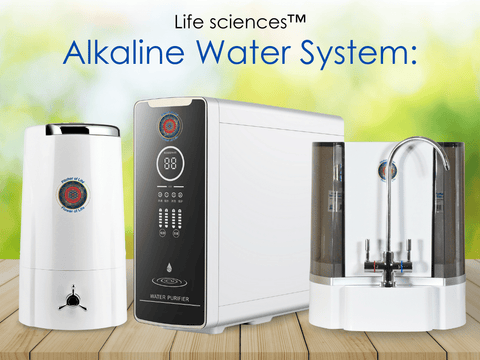Water can harbor hidden threats when contaminated, posing serious risks to human health. Amidst its apparent clarity, lies the potential for cardiovascular ailments, an aspect often overlooked. In this comprehensive exploration, we explain how water pollutants contribute to heart disease and provide insight into how to safeguard your health and that of your family.
Environmental Factors and Heart Disease
Extensive research domestically and internationally has underscored the profound influence of environmental factors on cardiovascular health. From the microscopic pollutants in the air we breathe to the unseen contaminants lurking in our water sources, the nexus between environmental exposure and heart disease is undeniable.
Particulate Matter (PM)
Particulate matter, especially finer particles like PM2.5, can infiltrate deep into our respiratory system, entering the bloodstream. Prolonged exposure to PM2.5 has been strongly correlated with elevated risk of cardiovascular diseases, including heart attacks and strokes.

Heavy Metals:
Among the myriad contaminants, heavy metals present in drinking water stand out as silent but potent contributors to long-term heart health deterioration. The widespread presence of toxic pollutants, such as lead and arsenic, in water sources amplifies heart disease risk, quietly eroding well-being over time.
Connection Between Drinking Water Contaminants and Heart Disease
Identifying Common Water Contaminants
The spectrum of water contaminants spans from naturally occurring minerals to insidious man-made pollutants, with lead, arsenic, fluoride, and nitrates emerging as prominent threats to heart health.
Pathways of Contamination
Water pollutants infiltrate our drinking water through multifaceted pathways, including groundwater seepage, surface water contamination, and inadequacies in water treatment facilities. Aging infrastructure, corroded pipes, and inadequate filtration mechanisms all contribute to the insidious ingress of contaminants into our water supply.

Arsenic
Arsenic, a pervasive toxin found in both water and food sources, poses a particularly stealthy threat to heart health. Its insidious nature lies in its ability to thicken the walls of the heart's main pumping chamber, predisposing individuals to heart failure.
Lead:
Exposure to lead, a prevalent heavy metal in the environment, poses a significant risk to cardiovascular health by inducing hypertension, a major precursor to heart disease. Mitigating lead exposure across all age groups is imperative to preserve heart health and overall well-being.
Cadmium's Impact
Mounting evidence suggests that cadmium, a toxic metal ubiquitous in various products and environmental sources, exerts a catastrophic impact on cardiovascular health. From endothelial dysfunction to atherosclerosis promotion, cadmium's detrimental effects underscore the urgency of implementing proactive measures to limit exposure.

Protecting Heart Health: The Role of Water Filtration Systems
Investing in water filtration systems emerges as a cornerstone strategy in mitigating water contaminants risks. Whether through activated carbon filters or advanced Reverse osmosis systems, these technologies offer a reliable means of ensuring access to clean, safe drinking water.
Selecting the Optimal Solution
When considering a water filtration system for your household, factors such as efficacy, affordability, and ease of maintenance warrant careful consideration. Reverse osmosis systems, renowned for their comprehensive contaminant removal capabilities, stand out as a preferred choice among discerning consumers. Learn More
Empowering Through Knowledge and Action
Visit Pitcher of Life Purifiers to access resources that empower individuals to evaluate water quality and make informed decisions regarding filtration solutions. Our Life Sciences Reverse Osmosis Alkaline Water Systems, NSF 42 and NSF 61 Certified, ensure the removal of chlorine, tastes, and odors, Guaranteeing the safety and purity of your drinking water. Elevate your drinking water experience with our NSF-certified filters, where every sip is a journey of purity, safety, and wellness.
Conclusion:
In light of the intricate interplay between water contaminants and heart disease, proactive measures such as investing in water filtration systems are paramount. By fortifying your household with clean, purified water, you enhance the taste and quality of your drinking water. In addition, you safeguard against waterborne contaminants. Protecting your heart begins with prioritizing water purity and embracing proactive solutions against risks.

